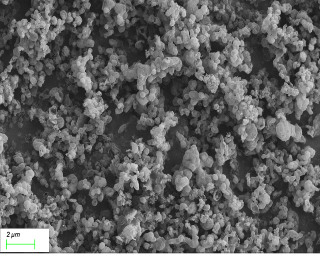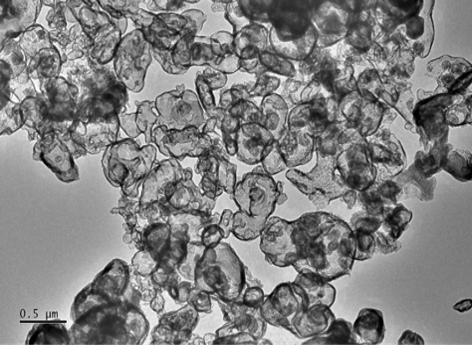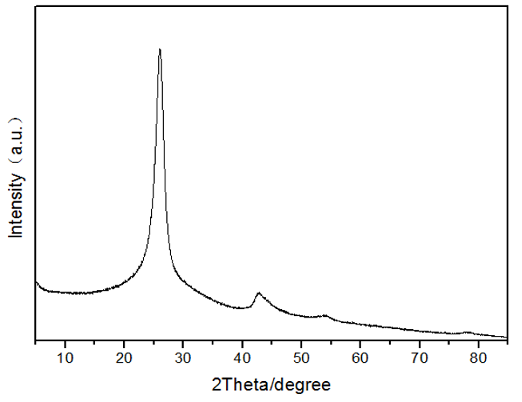Carbon Nanocages
Carbon Nanocages
Product Detail
Compared with other nanostructures, some unique characteristics of nanocage structures make them particularly attractive to electrochemical materials: porous shells with nanoscale thickness facilitate contact between electrode materials and electrolyte, shortening the ion diffusion path; hollow interior can be used as ion storage to provide additional space and sufficient electrolyte ions for rapid electrochemical processes; porous shells and hollow structures also reduce volume changes in electrochemical processes and contributing to cycle stability. In addition, the rich contact surface area, various nanocage structures (especially spherical nanocages have the advantages of high packing density and high processing performance of spheres) and adjustable composite structures (such as nanocages/precious metal composite structures) compensate for the disadvantages of single size nanostructures of nanocages.
1. Characterizations
|
Product Name |
Carbon nanocages |
|
Appearance |
Black powder |
|
Particle Size |
100-500nm |
|
Purity |
>97 wt% |
|
Specific Surface Area |
~200 m2/g |
Elemental Analysis of Carbon nanocages (EDS)
|
Element |
Wt% |
|
C |
91.88 |
|
O |
6.24 |
|
Cl |
0.17 |
|
Ni |
1.71 |

SEM image of Carbon nanocages

TEM image of Carbon nanocages

XRD pattern of carbon nanocages
2. Application Fields
Electrochemical energy storage, catalyst carrier, environmental adsorption, food adsorption and other fields.
3. Storage Conditions
Sealed, avoid light and keep dry at room temperature. Expiry date: One year.
Disclaimer: ACS Material, LLC believes that the information in this Technical Data Sheet is accurate and represents the best and most current information available to us. ACS Material makes no representations or warranties either express or implied, regarding the suitability of the material for any purpose or the accuracy of the information contained within this document. Accordingly, ACS Material will not be responsible for damages resulting from use of or reliance upon this information.

